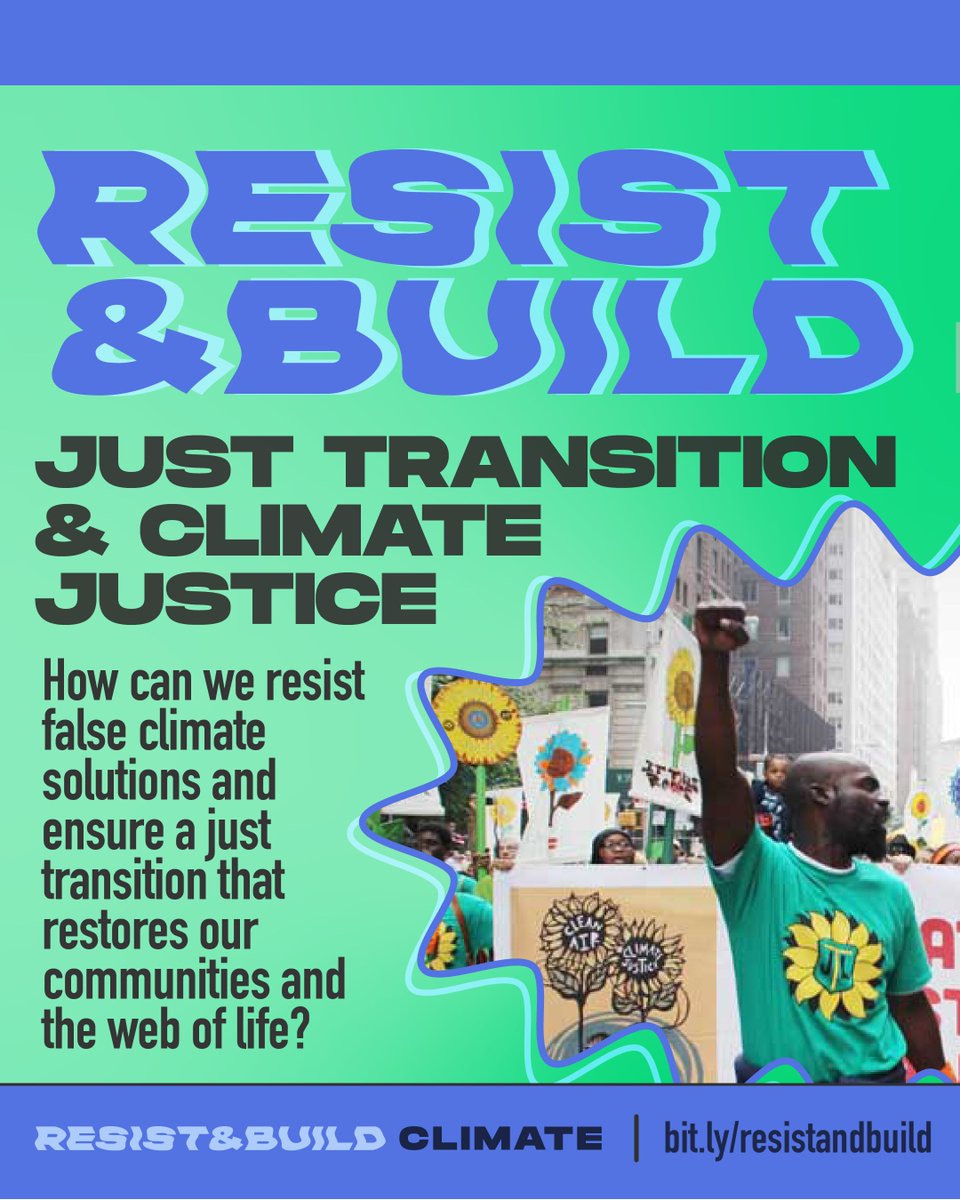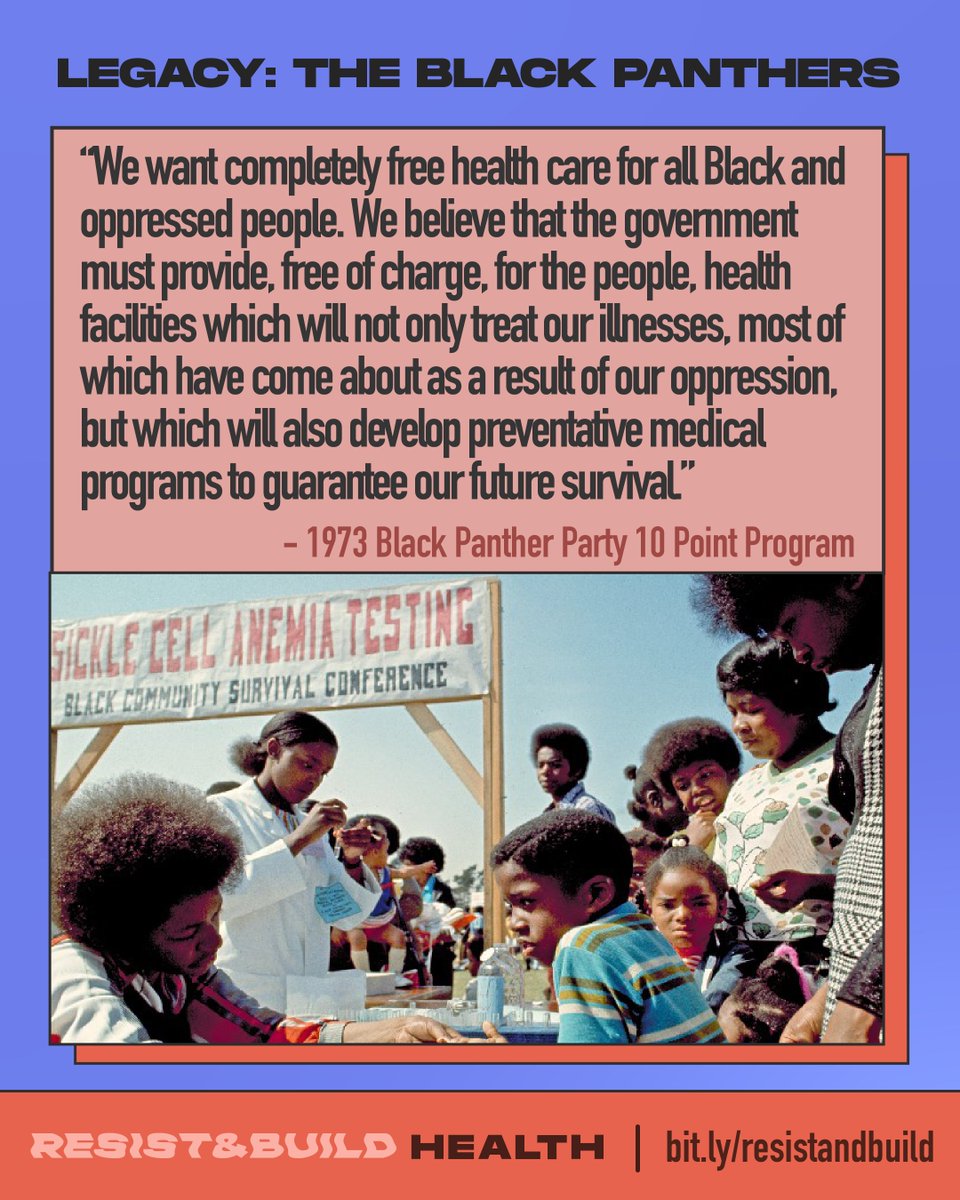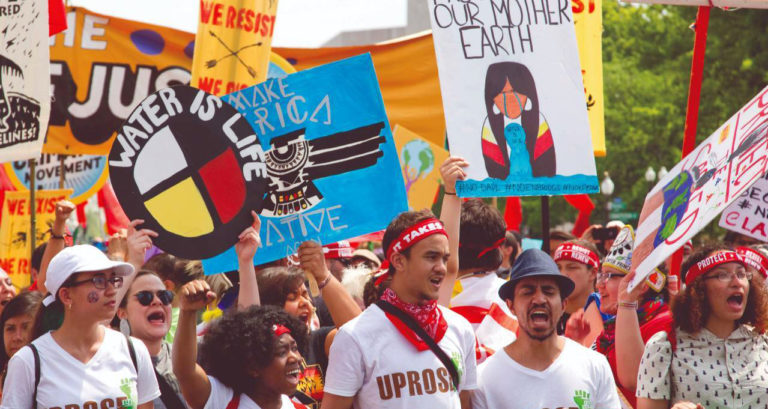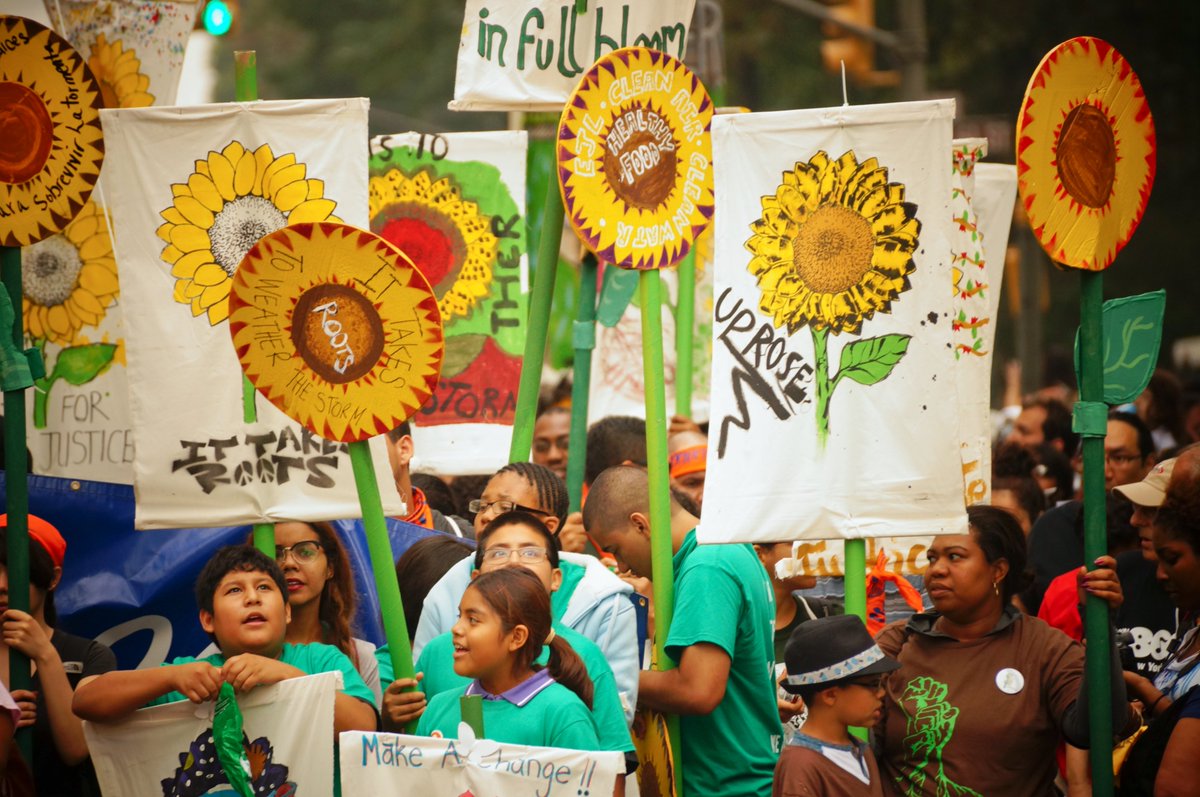
🏡 🗣 How do we resist speculative market forces and build a world where housing is truly a human right? Get your radical imagination going at: bit.ly/resistandbuild 🔥🌱🛠
#ResistAndBuild #HomesForAll @CJAOurPower @MoveGen @NewEconomics (1/10)
#ResistAndBuild #HomesForAll @CJAOurPower @MoveGen @NewEconomics (1/10)

In this series you’ll learn about: 1) The founding of the first community land trust by civil rights organizers 2) The connection between co-ops & squatters movements of the 1970s and 80s 3) Recent organizing wins for CLT’s and co-op housing. (2/10) 

"In America, community land trusts have always been rooted in racial equity. Black sharecroppers in the rural South pioneered the model to protect their families from eviction by white owners during the civil rights movement." — Tony Pickett, Grounded Solutions Network. (3/10) 

What is a Community Land Trust? CLTs are non-profits that treat land as a public good. Because the land that CLTs own is held in trust and can’t be resold for a profit, the model works to remove land from the speculative market. (4/10) 

Last year in the Bay Area, a group of unhoused Black moms started occupying a vacant home owned by a developer. After months of organizing and community eviction defense, Moms 4 Housing secured the sale of the house to the Oakland community land trust. (5/10) 

In September 2020, after months of organizing and direct action, the City of Philadelphia agreed to put 50 homes into a community land trust to become permanently affordable housing for unhoused community members. (6/10) 

The Urban Homesteading Assistance Board (UHAB) was founded in the midst of New York City’s fiscal crisis in 1973, when racist housing policies and disinvestment led to poor living conditions for communities of color. (7/10) 

Last year, 38 families in a Minneapolis apartment complex banded together to buy their buildings when threatened with eviction by a negligent landlord. After years organizing, legal action, & rent striking, the tenants secured permanent, collective ownership of their homes.(8/10) 

Despite living in one of the most gentrified areas of New York City, my family has been able to stay because we own our building as a limited equity cooperative. -- Francisco Pérez, Center for Popular Economics (9/10) 

How will we reclaim our power?
🏥 Community-Controlled Health Care
🏡 Housing as a Human Right
🌻Just Transition and Climate Justice
💸Regenerative Finance
⛰️Land Back & Indigenous Sovereignty
bit.ly/resistandbuild 🔥🌱🛠
(10/10)
🏥 Community-Controlled Health Care
🏡 Housing as a Human Right
🌻Just Transition and Climate Justice
💸Regenerative Finance
⛰️Land Back & Indigenous Sovereignty
bit.ly/resistandbuild 🔥🌱🛠
(10/10)

• • •
Missing some Tweet in this thread? You can try to
force a refresh
























